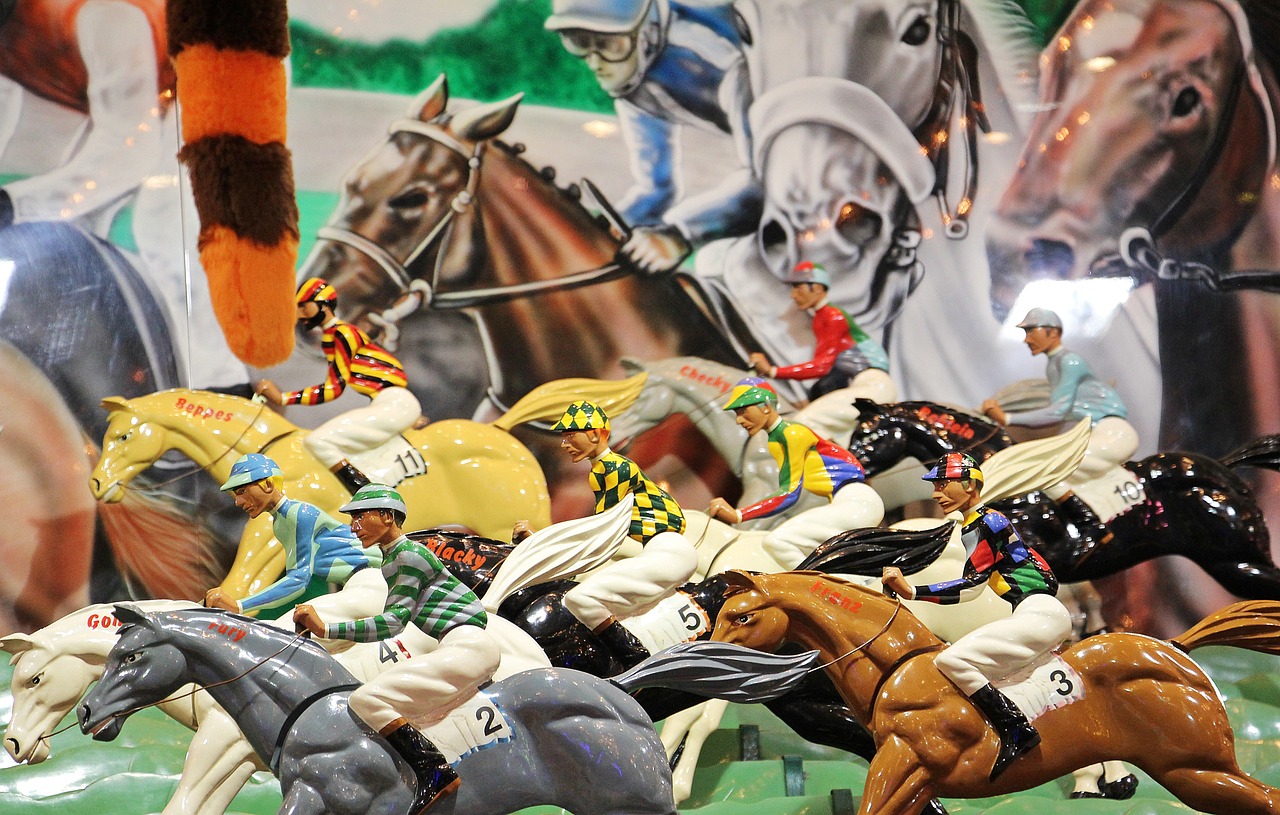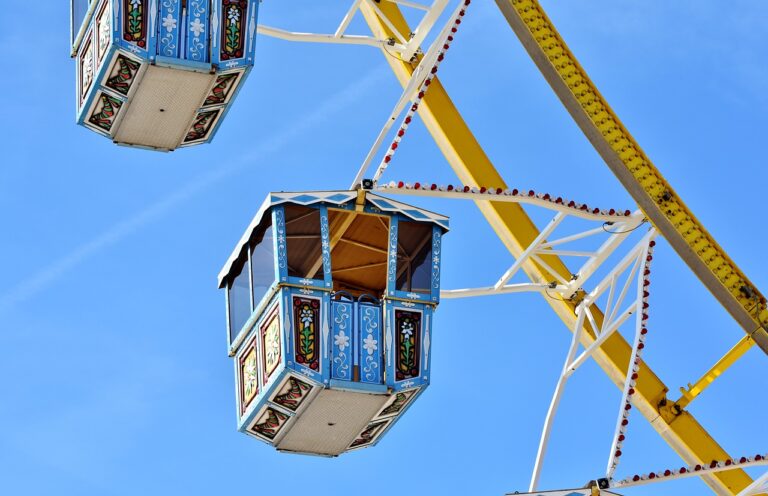The Psychology of Horror: Why Do We Love to Be Scared?
Fear is a primal emotion that has evolved over millions of years to keep us safe from potential threats. From an evolutionary standpoint, fear serves as a survival mechanism, triggering the fight or flight response when faced with danger. This innate reaction helped our ancestors to assess and respond to immediate risks in their environment, increasing their chances of survival in the face of predators or other hazards.
In modern times, while the threats may have evolved, the underlying mechanisms of fear remain deeply rooted in our biology. Even in seemingly harmless situations, our brains still perceive potential risks and activate fear responses as a precautionary measure. This demonstrates the enduring significance of fear in our lives, highlighting its adaptive nature and the crucial role it plays in ensuring our safety and well-being.
Role of adrenaline in horror enjoyment
When individuals engage in activities that induce fear, such as watching horror films or participating in haunted attractions, their bodies react in a way that heightens their adrenaline levels. Adrenaline, also known as epinephrine, is a hormone released by the adrenal glands in response to stress or fear-inducing stimuli. It triggers the body’s “fight or flight” response, increasing heart rate, blood flow to muscles, and overall alertness to prepare for a potential threat.
The surge of adrenaline that occurs during fear-inducing experiences can lead to a sense of excitement and thrill. This heightened state of arousal can enhance the overall enjoyment of the horror genre, as individuals seek out these experiences to provoke a controlled fear response and the accompanying adrenaline rush. The combination of fear, adrenaline, and subsequent feelings of relief and triumph after the scary encounter can create a unique and exhilarating experience that many people find captivating and enjoyable.
Psychological thrill seeking behavior
Thrill-seeking behavior is a complex phenomenon rooted in our evolutionary history. Our ancestors relied on their heightened senses of fear and excitement to navigate dangerous environments and ensure survival. In modern times, this instinctual drive for thrill-seeking manifests in various forms such as extreme sports, daring adventures, and seeking out intense, suspenseful experiences in entertainment like horror movies and roller coasters.
Individuals who engage in thrill-seeking behavior often seek out novel and stimulating experiences to achieve a sense of excitement and exhilaration. This could be attributed to a desire for heightened arousal and a way to escape the monotony of everyday life. The pursuit of thrill and adrenaline rushes can provide a temporary escape from stress and boredom, offering a sense of accomplishment and fulfillment by pushing one’s limits and experiencing intense emotions.
What is the evolutionary perspective on fear?
The evolutionary perspective on fear suggests that humans have developed a fear response as a survival mechanism to protect themselves from potential threats.
How does adrenaline play a role in the enjoyment of horror?
Adrenaline is released in response to fear or excitement, and can enhance the enjoyment of horror by intensifying the physiological response to fear-inducing stimuli.
What is psychological thrill seeking behavior?
Psychological thrill seeking behavior refers to the tendency of individuals to seek out and enjoy activities that involve risk, excitement, and suspense, such as watching horror movies or participating in extreme sports.







